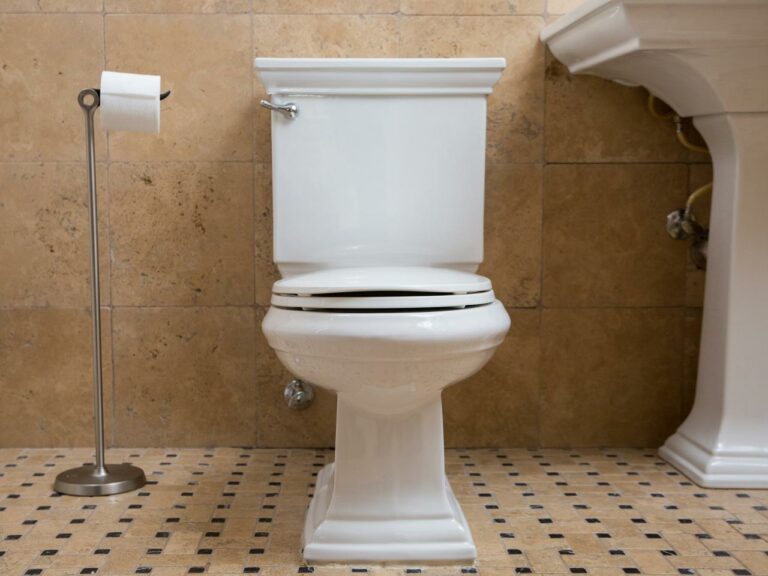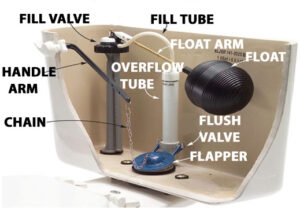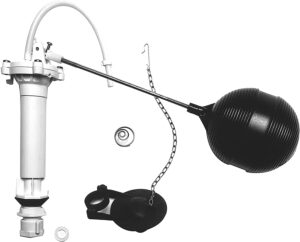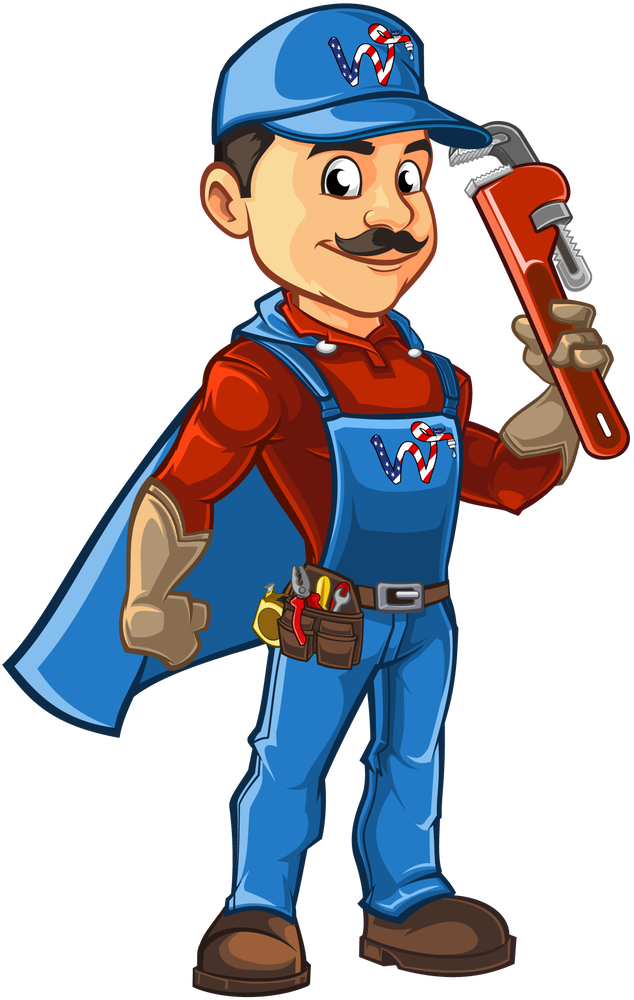
Toilets have many different parts that go into making it function properly. Some parts may sound more obvious than others, such as the fill valve. Other parts, on the other hand, can cause a bit more confusion on their purpose and how they work. One of the most important parts of the toilet is the flapper.
If you do not know what the flapper does on your toilet, that’s quite alright! The experts at White’s Plumbing have all the information you need to truly understand what a flapper does for your toilet. Keep reading to find out more.
Purpose of a Toilet Flapper
The toilet flapper, although smaller than many other parts of the toilet, has an important purpose. A toilet flapper’s purpose is to create a seal in the hole – also known as the valve seat – between the toilet tank and bowl. It can often be found at the bottom of the toilet tank, near the middle.
 They actually come in multiple different sizes, depending on what the toilet needs. A flapper is typically between 2- and 4-inches wide, and is mostly made of rubber. Older toilets will usually have a 2-inch flapper, while a newer toilet is more likely to have a 3- or 4-inch flapper. The reason a flapper will differ in size goes back to your toilet’s gallon per flush amount.
They actually come in multiple different sizes, depending on what the toilet needs. A flapper is typically between 2- and 4-inches wide, and is mostly made of rubber. Older toilets will usually have a 2-inch flapper, while a newer toilet is more likely to have a 3- or 4-inch flapper. The reason a flapper will differ in size goes back to your toilet’s gallon per flush amount.
How the Flapper Works
The flapper regularly sits in the valve seat, where its seal prevents water from escaping the tank when not being flushed. When the toilet tank is full, the pressure of the water will keep the flapper properly situated in the valve seat.
The flapper is connected to a chain. This chain will connect to the tank lever. When you press the tank lever, it will lift the chain, and thus lift the flapper as well. While the flapper is raised, the water has a chance to escape the tank and run into the bowl. When you release the tank lever, the flapper will lower back down into the valve seat and recreate that seal. This stops the outward flow of the water until the next time the tank lever is pressed.
Common Problems with the Toilet Flapper
Although it might be annoying to have issues with your toilet, the flapper is a part that is extremely easy to repair and replace. Many times, whatever is wrong with the flapper causes the toilet to continuously run. The constant running of the toilet will drive up your water bill, so it is important to make sure that your flapper sits correctly in the valve seat.
Worn Out Flapper
Over time, with repeated use and flushing, the toilet flapper may end up wearing out. One of the symptoms of a flapper that has worn out is a toilet that constantly runs. Oftentimes, this is known as a phantom flush. When the flapper wears out, this means that it is no longer able to create a proper seal. Because of this, the water in the tank is able to constantly keep leaking into the toilet bowl. If your toilet flapper wears out, the best thing that you can do is replace it with a new one. Flappers are rather affordable. Many times, they cost less than $10 to purchase.
Mineral Buildup
 Your flapper can actually develop a buildup of minerals around it. This. like a worn out flapper, will prevent a proper seal from being made. In order to solve this issue, you will want to turn off the water to your toilet and then clean around the flapper and its valve seat.
Your flapper can actually develop a buildup of minerals around it. This. like a worn out flapper, will prevent a proper seal from being made. In order to solve this issue, you will want to turn off the water to your toilet and then clean around the flapper and its valve seat.
One of the best ways to clean the flapper is to use an old toothbrush or scouring pad on it. Gloves are recommended to prevent you from touching the mineral buildups. When you’re done, put the flapper back in place and turn the water on. This way, you can see if the cleaning was effective.
Flapper Chain is too Short
The flapper is connected to a chain. This chain actually is what pulls the flapper up and down in order to release the seal and then put the flapper back in place. Sometimes, this chain is actually installed too short. When this happens, the flapper cannot sit in the valve seat correctly. As a result, the flapper will not seal correctly. If you look into your toilet and the flapper seems to be slightly lifted, even with no mineral buildup, the chain may be too tight.
Flapper Chain is too Long
 On the other hand, your flapper’s chain can also be too long. Two things may happen if the chain is too long. First, you may find that the chain accidentally makes its way under the flapper – thus, it will cause an issue with creating that seal again. On the other hand, if the flapper chain is too long, it might not lift the flapper enough for a proper flush. It might only flush halfway, or it will be a weak flush.
On the other hand, your flapper’s chain can also be too long. Two things may happen if the chain is too long. First, you may find that the chain accidentally makes its way under the flapper – thus, it will cause an issue with creating that seal again. On the other hand, if the flapper chain is too long, it might not lift the flapper enough for a proper flush. It might only flush halfway, or it will be a weak flush.
Changing the length of the flapper chain is relatively simple. You will want to take the chain clip and move it to another link. This new chain length should be long enough to keep the flapper seal when not in use, but taut enough that it will provide a good flush when used.
Contact White’s Plumbing Today
If you are in need of plumbing service near the Wake County, North Carolina area, contact White’s Plumbing today! Whether it is an issue with your toilet’s flapper, a leaking sink, or a plumbing emergency, our certified technicians are here to help. All of our technicians have the experience and expertise to tackle whatever issues your home may be having.
Contact us today by filling out the form on this page or give us a call at your convenience. We look forward to assisting you soon!




